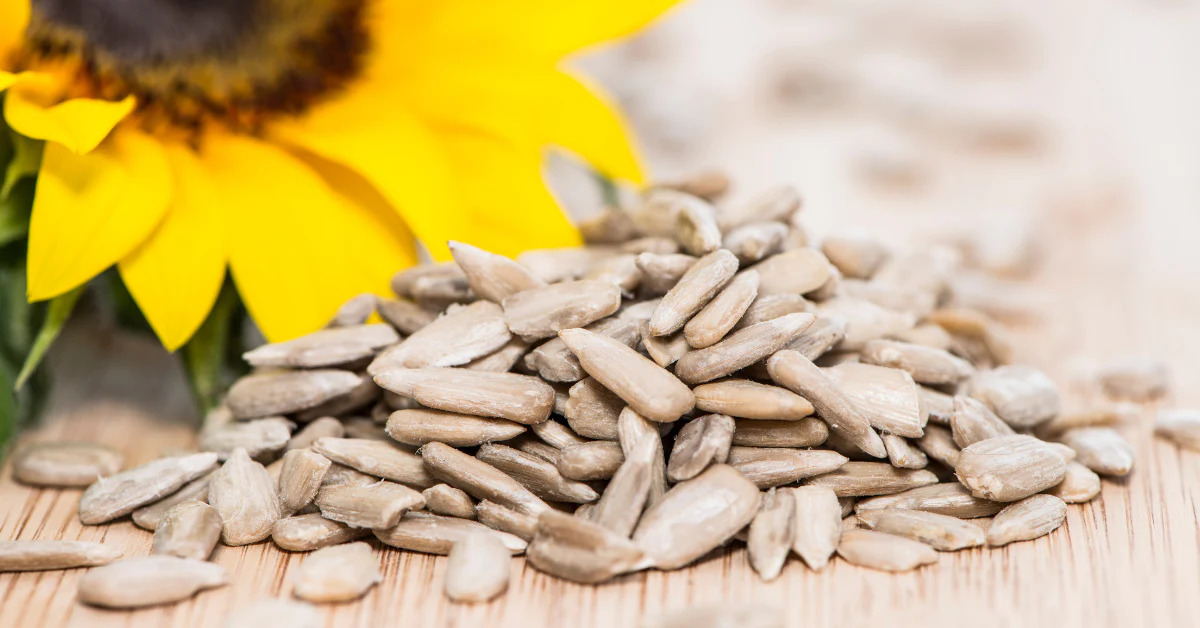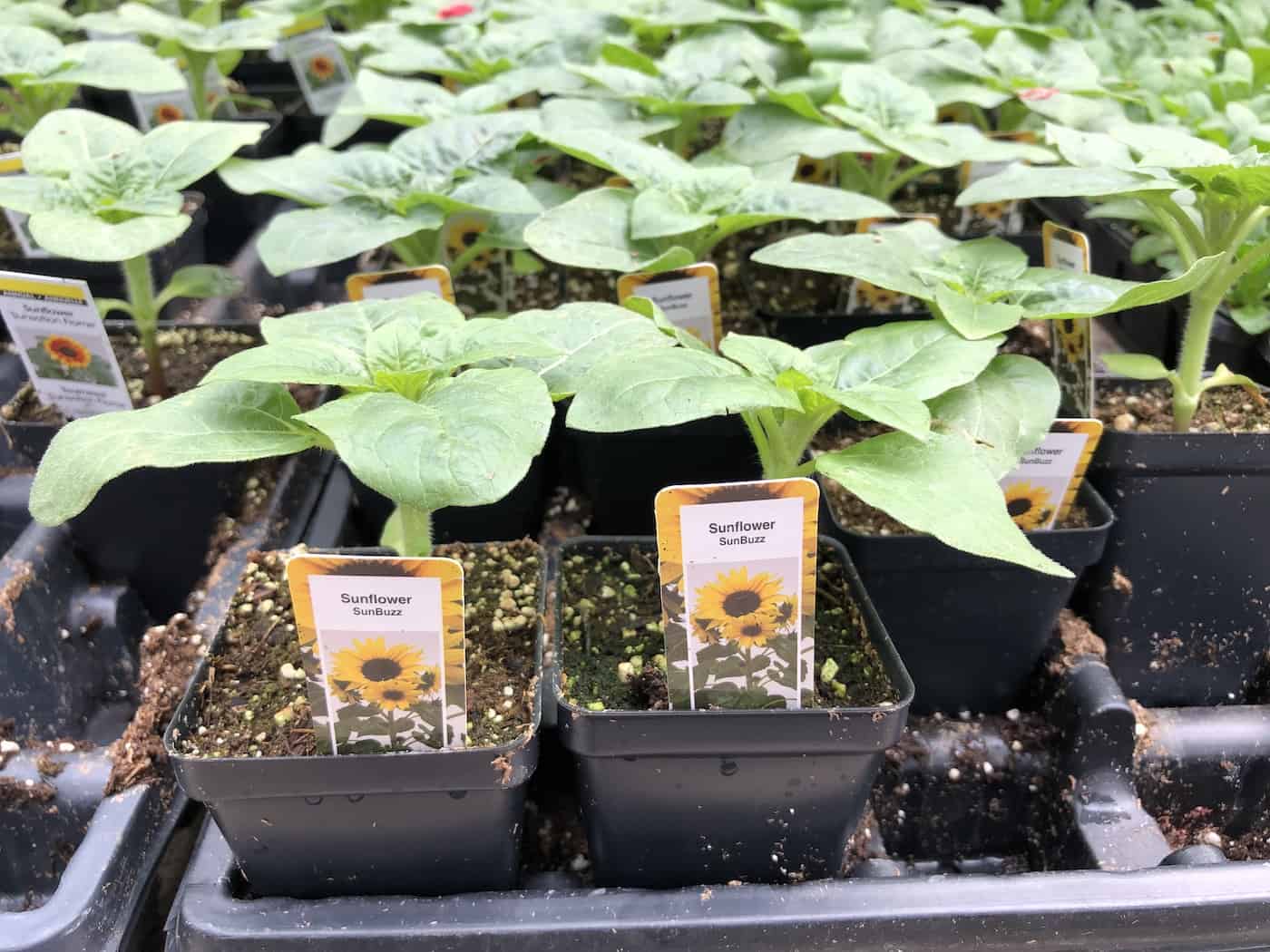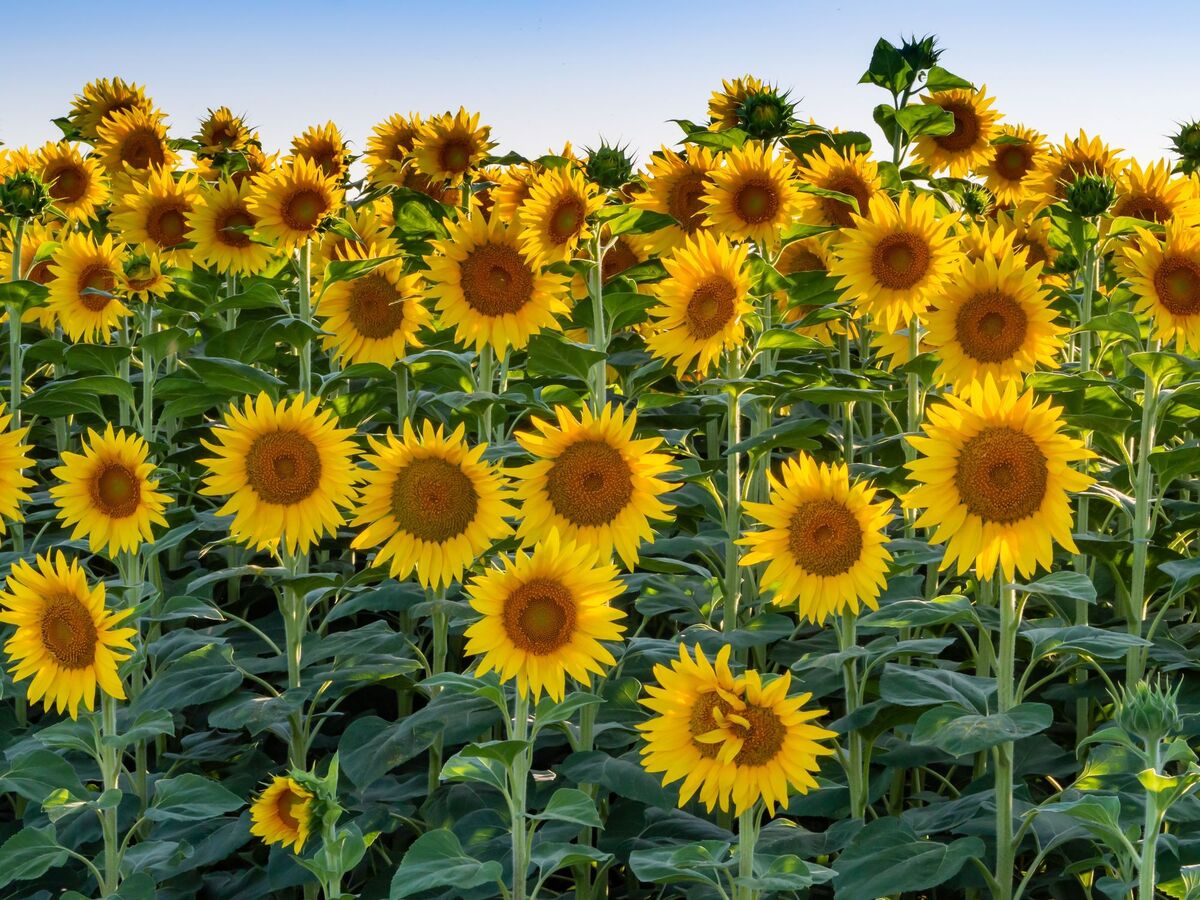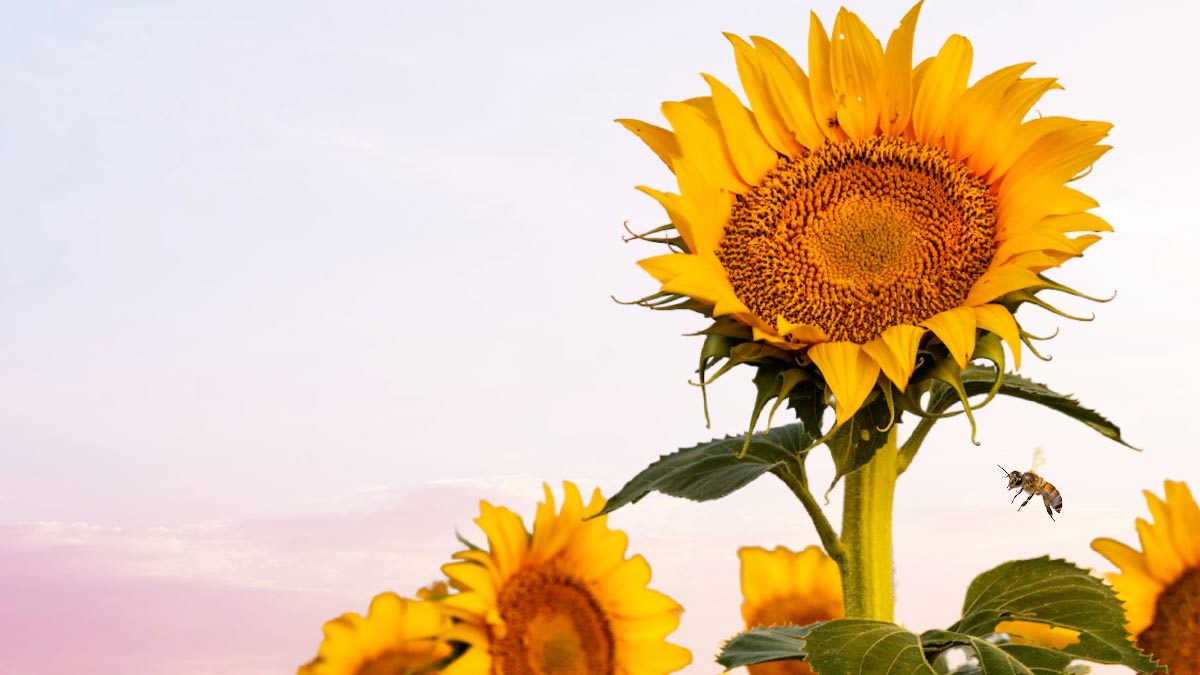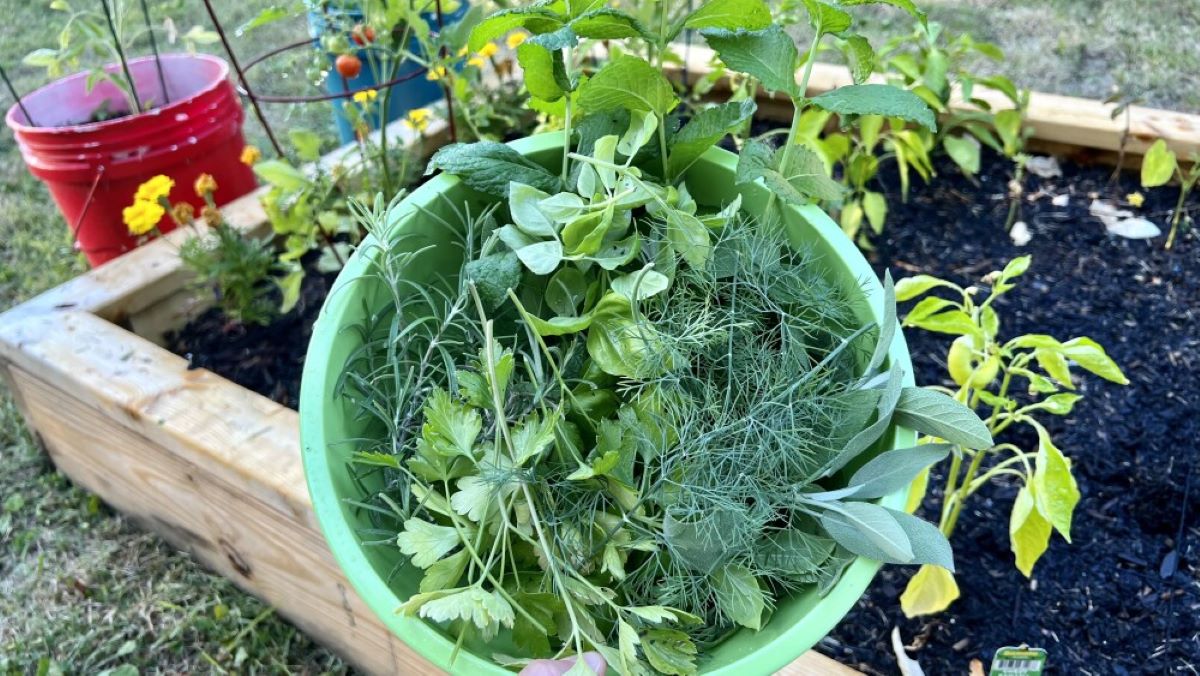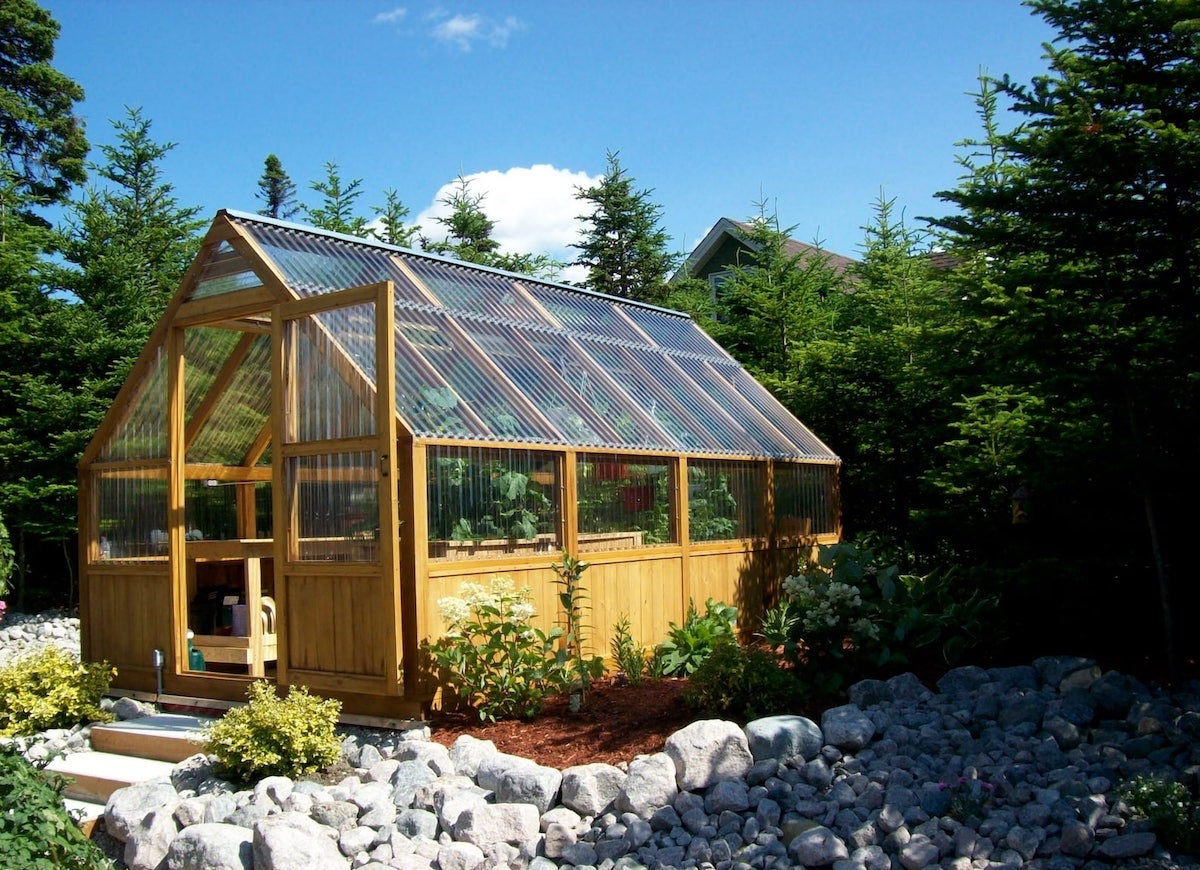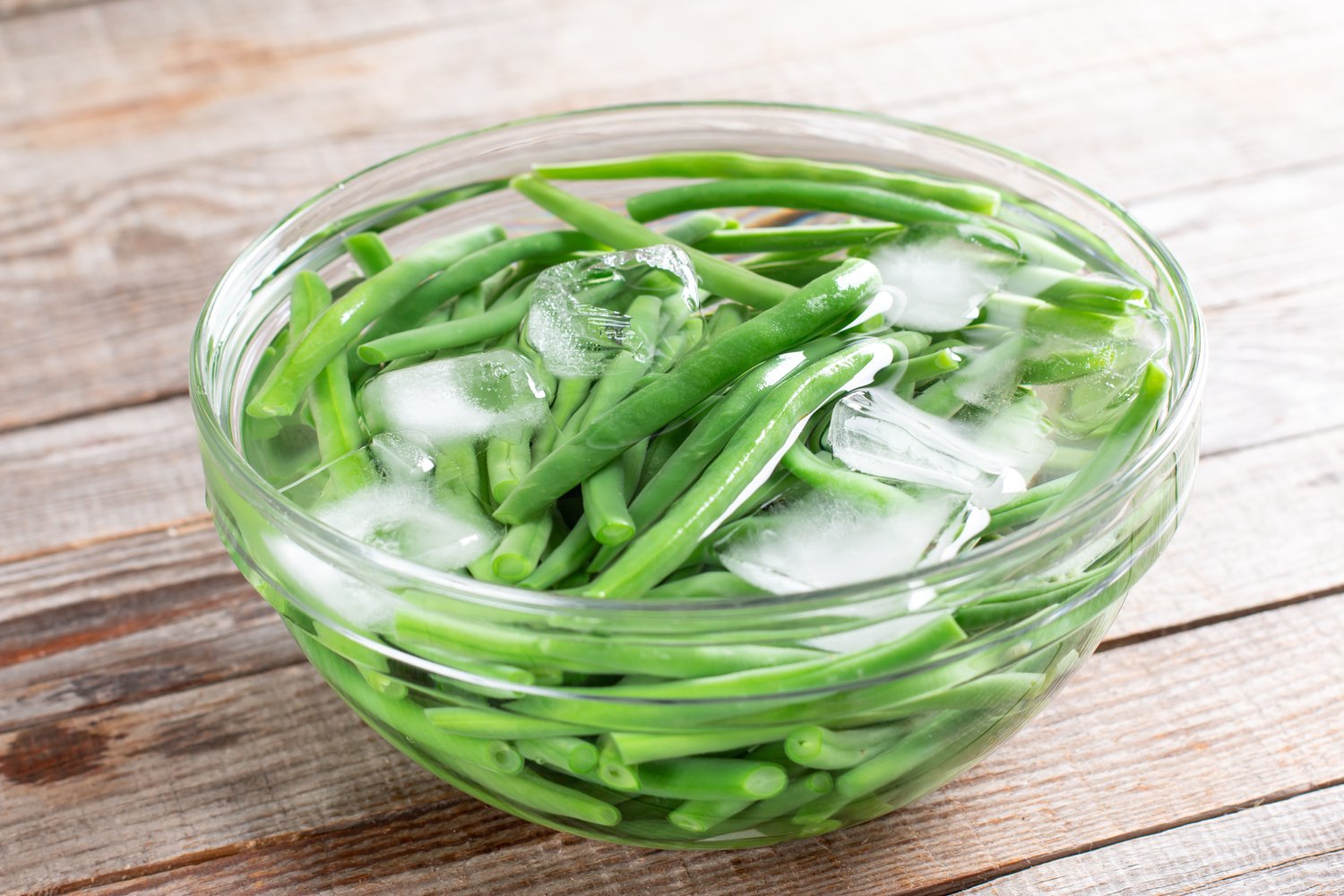Home>Types of Gardening>Ornamental Gardening>How Do You Deadhead Sunflowers
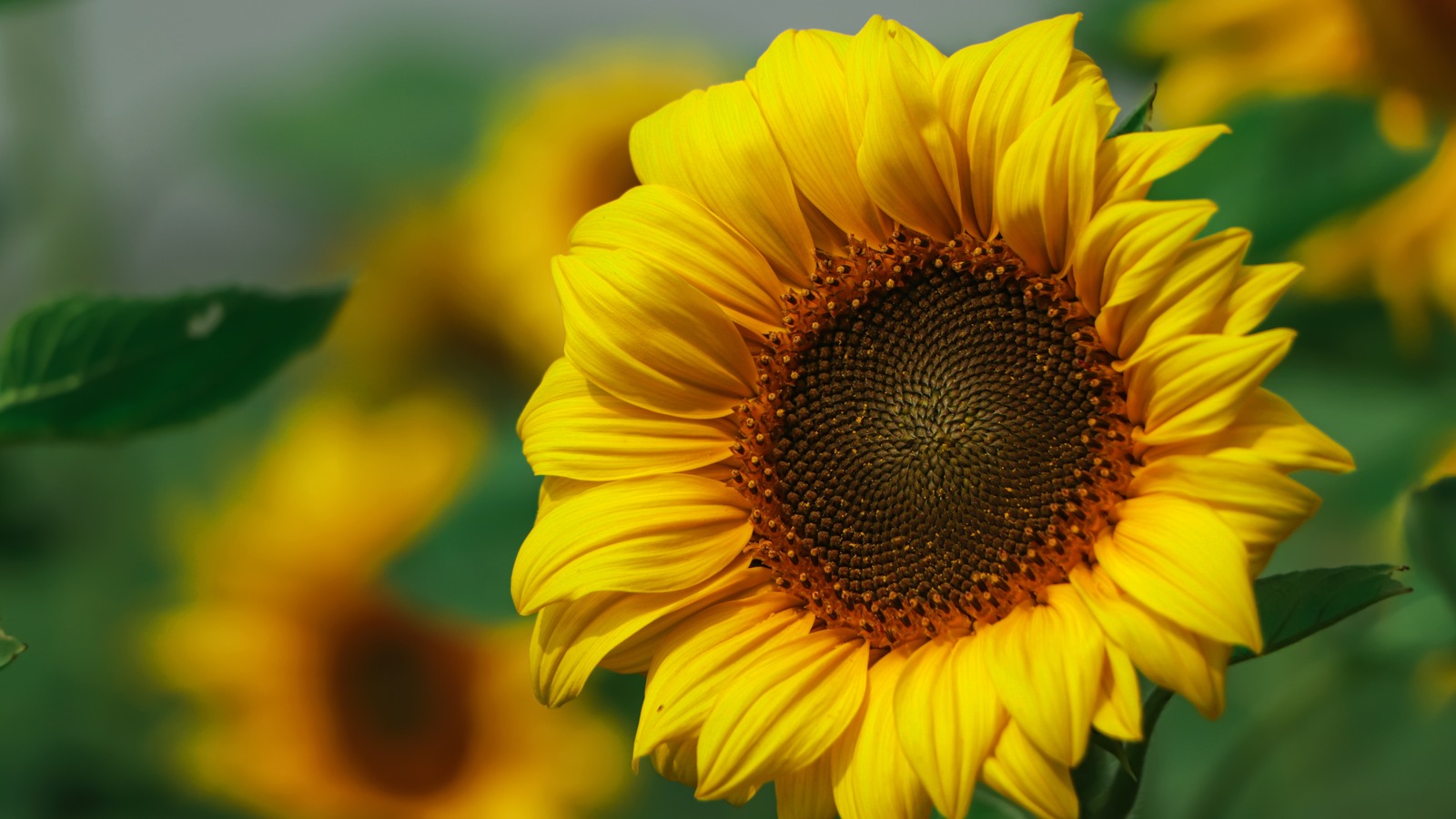

Ornamental Gardening
How Do You Deadhead Sunflowers
Modified: January 22, 2024
Learn how to deadhead sunflowers in this comprehensive guide on ornamental gardening. Discover the best techniques for bringing out the beauty in your sunflower blooms.
(Many of the links in this article redirect to a specific reviewed product. Your purchase of these products through affiliate links helps to generate commission for Chicagolandgardening.com, at no extra cost. Learn more)
Table of Contents
Introduction
Welcome to the exciting world of ornamental gardening! If you have a passion for beautiful blooms and a desire to create a stunning outdoor space, then you’re in the right place. One aspect of maintaining a vibrant garden is deadheading, a technique used to promote growth and extend the blooming season of various plants, including sunflowers.
Deadheading refers to the process of removing spent flowers from a plant. This simple yet effective practice not only enhances the visual appeal of your garden but also encourages the plant to redirect its energy towards producing more flowers rather than setting seeds. By deadheading your sunflowers, you can enjoy a prolonged display of their sunny golden heads.
In this article, we will explore the art of deadheading sunflowers to help you achieve a flourishing and long-lasting garden. We will discuss when to deadhead, the tools and supplies you’ll need, and provide a step-by-step guide to master this crucial gardening technique. Additionally, we’ll share some helpful tips and precautions to ensure you get the most out of your deadheading efforts.
Whether you’re a seasoned gardener looking to refine your skills or a beginner taking your first steps in the world of ornamental gardening, understanding how to deadhead sunflowers will undoubtedly elevate your gardening experience. So, let’s dive in and discover the secrets behind this practice!
Understanding Deadheading
Before we delve into the specifics of deadheading sunflowers, let’s first gain a deeper understanding of what this technique entails. Deadheading is the process of removing spent flowers from plants to stimulate new growth and prolong the blooming period. By removing faded blooms, you prevent the plant from channeling its energy into seed production and instead encourage it to produce more flowers.
When a sunflower blooms, it undergoes a fascinating transformation. The vibrant yellow petals attract pollinators, and after the flower has been successfully pollinated, it starts to wither and its petals begin to fade and dry out. At this point, the flower head contains seeds that the plant intends to produce for reproduction.
However, as gardeners, we often want to prolong the presence of the colorful and attractive sunflowers in our gardens, and that’s where deadheading comes into play. By removing the spent flower heads before seeds can form, you prevent the plant from shifting its energy towards seed production. This redirects its resources towards producing new flower buds and maintaining a lush, blooming sunflower patch.
Aside from the aesthetic benefits, deadheading also has practical benefits for sunflower plants. When flowers are allowed to mature and produce seeds, the plant can enter a state of dormancy, signaling the end of its blooming period. By removing the spent flowers, you can keep the plant in a state of active growth, encouraging it to produce new flowers and extend the blooming season.
It’s important to note that deadheading is not limited to sunflowers alone. The practice is applicable to various annuals, perennials, and flowering shrubs to encourage continuous blooming throughout the growing season. Understanding how and when to deadhead different types of plants will help you maintain a colorful and vibrant garden.
Now that we have a solid understanding of what deadheading entails and its benefits, let’s explore the best time to deadhead sunflowers and the tools required to carry out this gardening technique effectively.
When to Deadhead Sunflowers
Deadheading sunflowers at the right time is crucial to ensuring continuous blooming and a thriving garden. Sunflowers typically have a long blooming period, but knowing when to deadhead can help extend it even further.
The ideal time to deadhead sunflowers is when the flower heads have fully bloomed and the petals begin to fade and wilt. Look for signs of the petals turning brown or drooping. At this stage, the flowers have completed their pollination process, and the plant will start diverting energy towards seed production.
It’s important to deadhead sunflowers before seeds start to develop. Once the seeds begin to mature and harden, removing the spent flower heads will disrupt the natural seed production process. By deadheading at the right time, you can redirect the plant’s energy towards producing new flower buds, resulting in more vibrant blooms.
When deadheading sunflowers, it’s essential to examine each flower head individually. Some flowers may reach the end of their blooming cycle sooner than others, especially if they are exposed to harsh weather conditions or have been damaged. Check the overall appearance of the flower head and remove it if you notice any signs of wilting or drying.
Regularly monitor your sunflowers during the blooming season and deadhead each flower head as it fades. This continuous deadheading process will encourage the plant to produce new flowers, resulting in a prolonged blooming period and a visually appealing garden.
By deadheading sunflowers at the appropriate time, you can enjoy a longer-lasting display of their vibrant blooms and prevent your garden from appearing unkempt with wilted and faded flower heads. Now that you know when to deadhead sunflowers, let’s take a look at the tools and supplies you’ll need to efficiently carry out this gardening practice.
Tools and Supplies Needed
Deadheading sunflowers requires a few essential tools and supplies to make the process easier and more efficient. Here are some items you’ll need:
- Gloves: It’s a good idea to wear gardening gloves to protect your hands from any sharp edges or prickly stems.
- Pruning Shears or Secateurs: These are essential for cutting the flower stems cleanly. Choose a pair of sharp pruning shears or secateurs that are comfortable to hold and easy to maneuver.
- Container or Bucket: Keep a container or bucket nearby to collect the removed flower heads. This will help to keep your gardening area clean and make it easier to dispose of the spent blooms.
- Watering Can or Hose: Watering your sunflowers before and after deadheading can help to refresh the plants and maintain their overall health.
- Pruning Sealant or Balm (Optional): Applying a pruning sealant or balm to the cut stems after deadheading can prevent disease and promote healing.
Having these tools and supplies readily available will streamline the deadheading process and ensure that you can efficiently remove spent flower heads from your sunflowers.
Now that we’re equipped with the necessary tools, let’s move on to the step-by-step guide for deadheading sunflowers.
Step-by-Step Guide to Deadheading Sunflowers
Deadheading sunflowers is a straightforward process that involves a few simple steps. Follow this step-by-step guide to master the art of deadheading and promote continuous blooming in your sunflower garden:
- Start by selecting a sunflower plant with spent flower heads that are ready for deadheading. Look for petals that are fading, brown, or drooping.
- Put on your gardening gloves to protect your hands from any thorns or prickly stems.
- Locate the stem just below the spent flower head. Position the pruning shears or secateurs at a 45-degree angle, and make a clean cut above the first set of healthy leaves or leaf node.
- Collect the removed flower head in a container or bucket for easy disposal later on.
- Continue deadheading the remaining sunflowers, working your way through each plant in your garden.
- Once you have finished deadheading, water your sunflowers thoroughly. This will help to refresh the plants and promote new growth.
- If desired, you can apply a pruning sealant or balm to the cut stems. This optional step can help prevent disease and aid in the healing process.
By following these steps, you can effectively deadhead your sunflowers and encourage the production of new flower buds, resulting in a longer blooming period for your garden. Remember to deadhead regularly throughout the growing season to maintain the vitality and beauty of your sunflowers.
Now that you’re familiar with the step-by-step process of deadheading sunflowers, let’s explore some helpful tips and precautions to ensure successful results.
Tips and Precautions for Deadheading Sunflowers
Deadheading sunflowers can be a rewarding and beneficial practice for your garden. To ensure successful results and maintain the health of your sunflowers, keep these tips and precautions in mind:
- Deadhead regularly: Deadheading is most effective when done on a regular basis. Check your sunflowers frequently and remove spent flower heads as soon as they begin to fade or wilt.
- Water adequately: Sunflowers require consistent watering, especially during hot and dry periods. Make sure to water them adequately before and after deadheading to promote healthy growth and blooming.
- Dispose of spent flowers properly: Collect the removed flower heads in a container or bucket, and dispose of them away from your garden. This will prevent any reseeding and help maintain a tidy gardening environment.
- Prune with care: When deadheading, take care not to damage any healthy foliage or emerging flower buds. Make clean cuts above a healthy leaf node to encourage new growth.
- Protect against pests: Keep an eye out for any pests, such as aphids or caterpillars, that may be attracted to your sunflowers. Take appropriate measures to protect your plants and prevent infestations.
- Consider saving seeds: If you’re interested in saving sunflower seeds for future planting or bird feeding, allow a few flower heads to fully mature and dry on the plant. Remove them once the seeds are dried, and store them in a cool, dry place.
- Observe plant health: Regularly monitor your sunflowers for any signs of disease or nutrient deficiencies. Address any issues promptly to ensure the overall well-being of your plants.
By following these tips and taking necessary precautions, you can maximize the benefits of deadheading sunflowers and enjoy a thriving and visually appealing garden.
With the knowledge of deadheading techniques, tools, and tips, you’re now equipped to enhance the beauty and longevity of your sunflower blooms. Happy deadheading!
Conclusion
Congratulations! You have now mastered the art of deadheading sunflowers, a valuable technique for promoting continuous blooming and maintaining a beautiful garden. By removing spent flower heads at the right time, redirecting the plant’s energy, and encouraging new growth, you can enjoy a longer blooming period and vibrant sunflowers throughout the season.
We explored the process of deadheading sunflowers, starting from understanding the concept and benefits of deadheading to knowing when to deadhead, the tools and supplies needed, and following a step-by-step guide. Additionally, we provided helpful tips and precautions to ensure success and maintain the health of your sunflower plants.
Remember, deadheading is not limited to sunflowers alone. This technique can be applied to various other plants in your garden to promote continuous blooming and enhance the overall aesthetic appeal.
So put on your gloves, grab your pruning shears, and venture into your garden to transform faded blooms into a flourishing oasis. With regular deadheading and proper care, you can create a stunning display of vibrant flowers that will impress both visitors and passersby.
Enjoy the process of deadheading and witness the rewards of your efforts as your sunflowers continue to thrive. Happy gardening!


